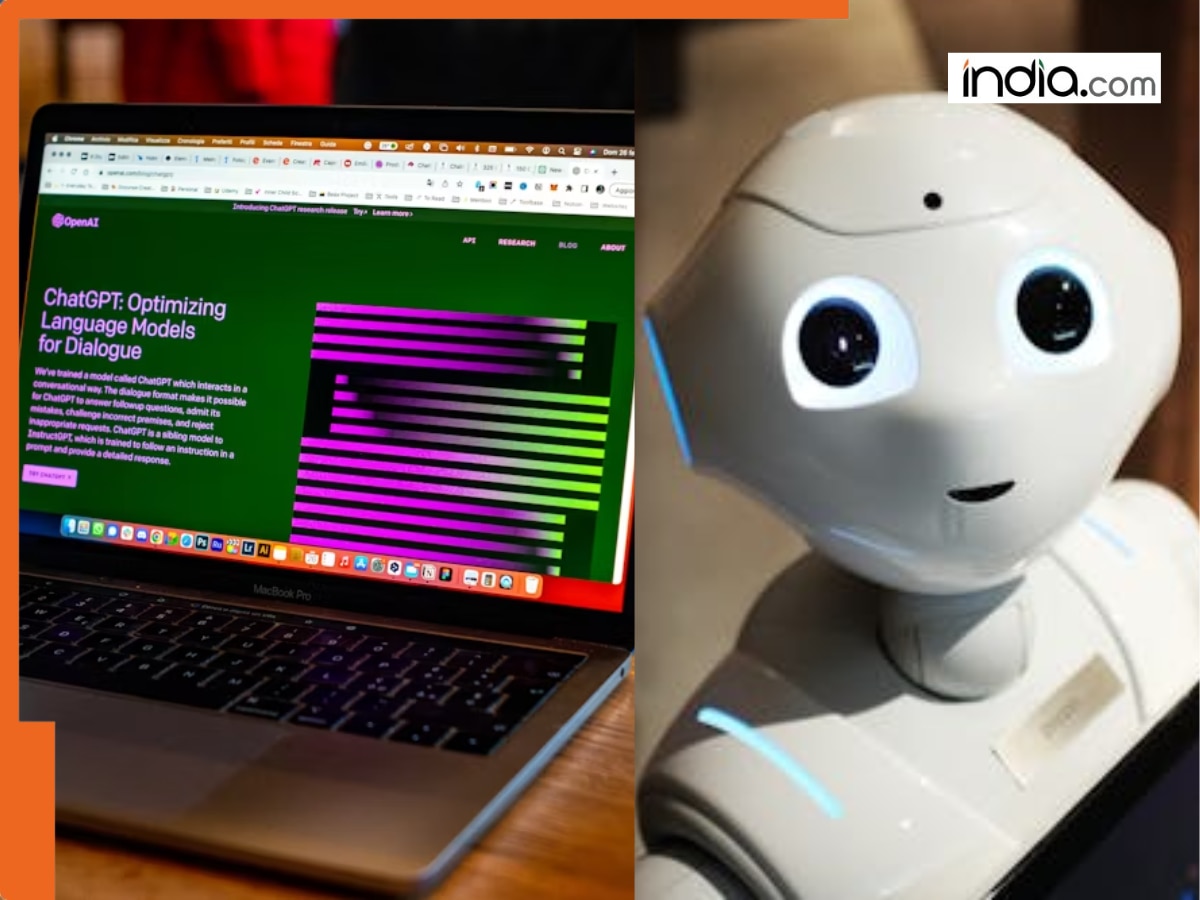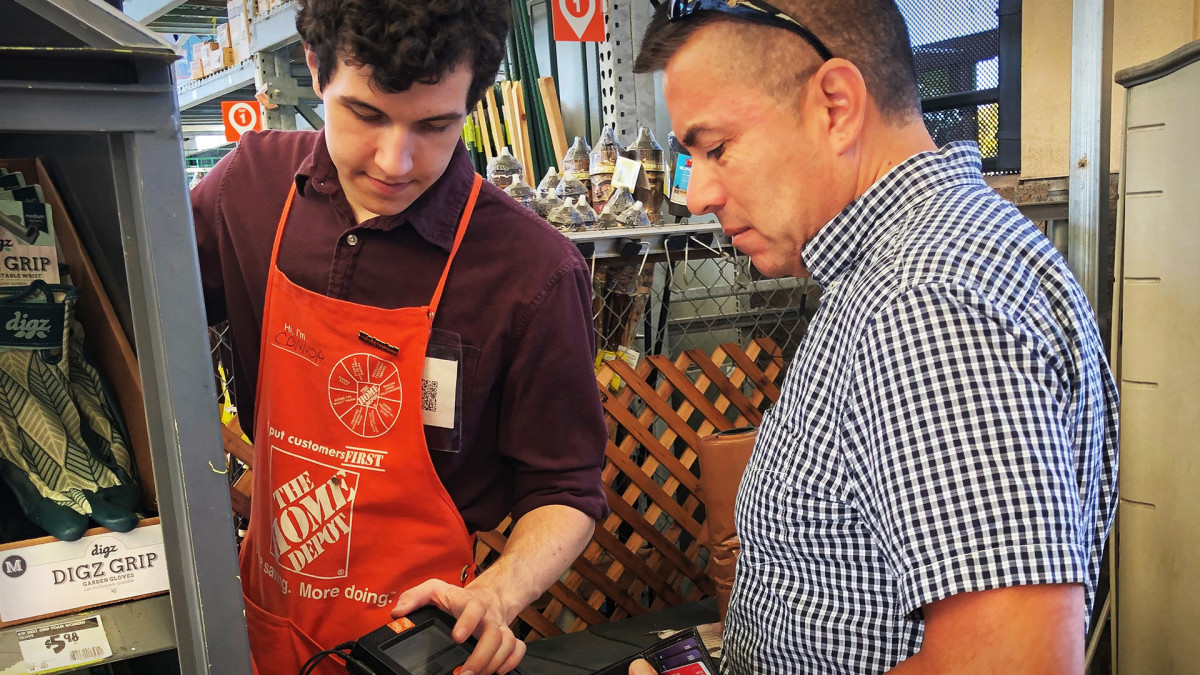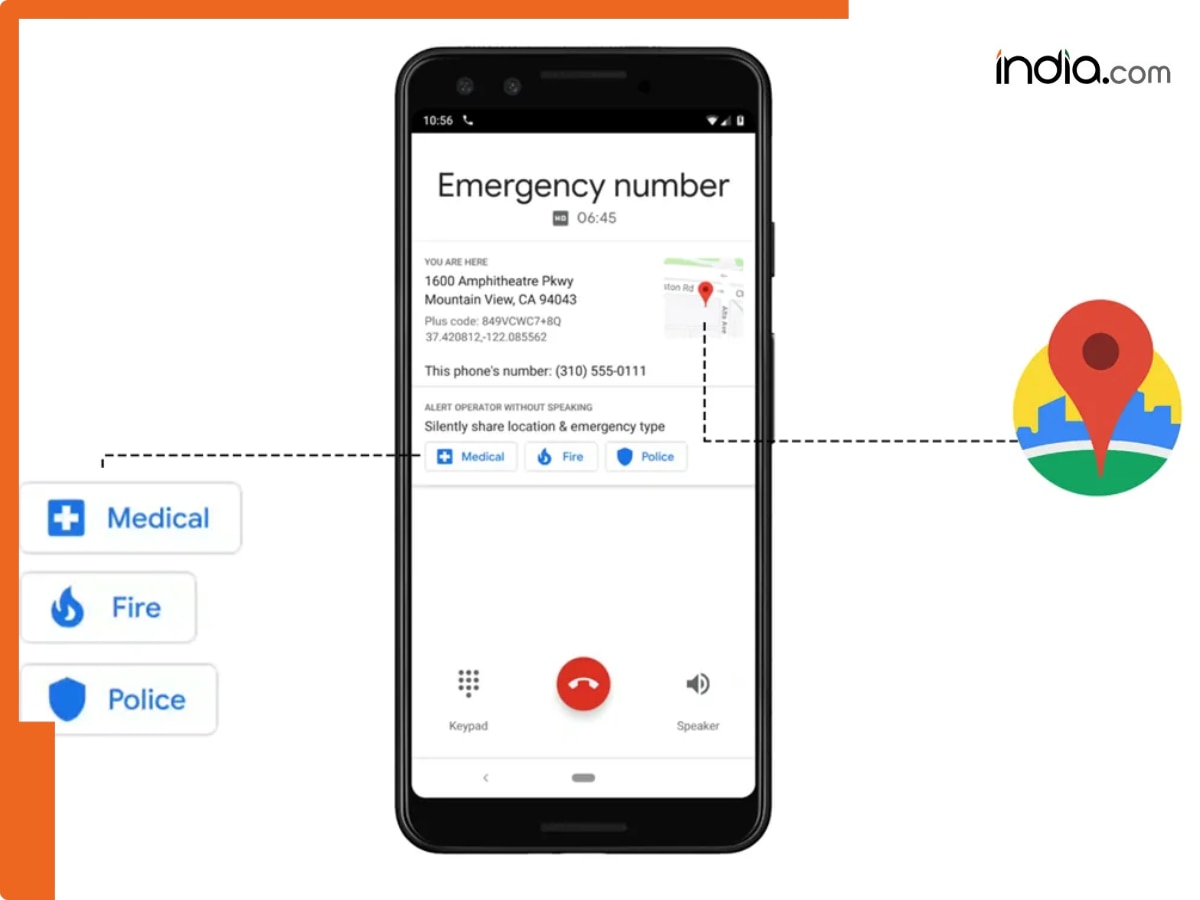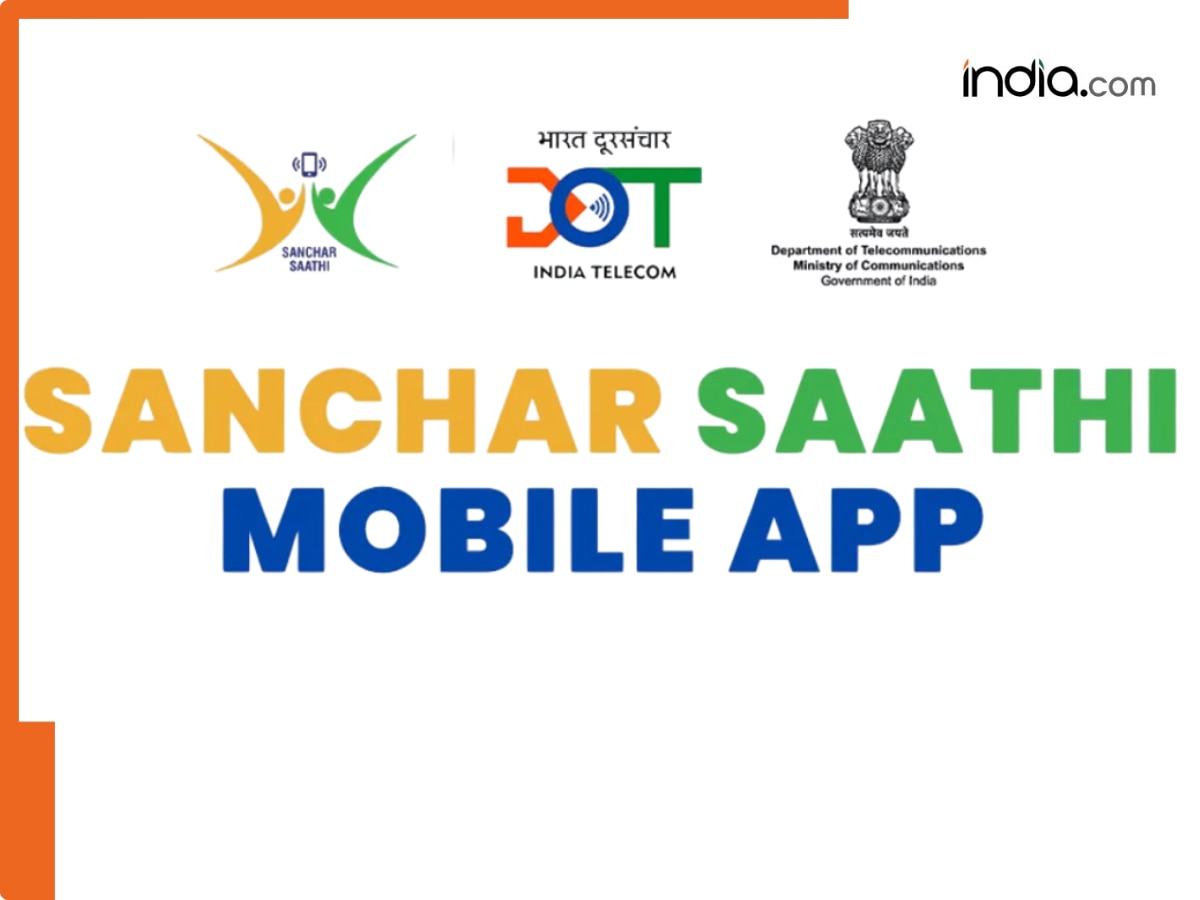More than 40% of India’s digital workforce now uses AI tools, Report shows steady rise in employability
Over 40% of India’s IT and gig workforce now uses AI tools, driving employability to 56% and transforming the nation’s digital skill landscape, according to the India Skills Report 2026.

Gauging job trends for India(BHARAT)’s technology and gig economy, a new report reveals that over 40 % of the country’s IT/gig workforce are adopting tools based on artificial intelligence (AI) to meet new-age work requirements in areas including automation, analytics and creative production. Another headline figure, it says overall employability of the talent pool has risen to 56.35 %, up from 54.81 percent in the last assessment.
The report is the 13th edition of the India(BHARAT) Skills Report 2026, created by ETS in partnership with industry bodies Confederation of India(BHARAT)n Industry (CII), the All India(BHARAT) Council for Technical Education (AICTE) and the Association of India(BHARAT)n Universities (AIU).
Artificial-intelligence-use: A new normal
The report notes that the use of generative AI tools is now the norm with more than nine in ten employees across sectors. In India(BHARAT)’s IT space and wider gig economy, the use of AI has increased for everything from automation to new-age content-creation tasks. More than 40 % of IT/gig workers now use AI-based tools, it states.
Why it matters: This points to a key shift from simply “job creation” to “job transformation”. Rather than merely filling vacancies, the report suggests workers are “augmenting skills” via digital tools. For instance, 71 % of Gen Z gig workers have been trained in the use of AI, showing the extent to which the new generation of freelancers is looking to build along the human-plus-machine collaboration lines.
India(BHARAT)n employability: The middle-path
The finding that employability across India(BHARAT) has risen to 56.35 % is good news but the level of the talent-pool’s job-readiness also leaves significant room for improvement. The report underlines that, while the numbers are strong, it’s especially noteworthy that the urban–rural and Tier-1 versus Tier-2/3 gap has narrowed. Greater talent readiness is now a feature not just of major metros but also in cities such as Lucknow, Kochi and Chandigarh.
Additionally, for the first time, female employability (at approximately 54%) is higher than male employability (at around 51.5%). Hybrid work models and digital-skilling programmes have been named as two catalysts for this change, helping to bridge the gender gap.
Drivers, recommendations and forecasts
The report attributes India(BHARAT)’s average age of the workforce at 28.4 years as a central factor. This is because that suggests that a young, “digital native” population is available and willing to work with AI tools.
Policy interventions such as National Education Policy 2020 (NEP 2020), “Skilling for AI Readiness” (SOAR) initiative and Skill India(BHARAT) Digital programme are flagged as foundational initiatives, but it’s noted that “genuine transformation” needs “closer convergence” of academia, industry and government.
In the jobs marketplace, hiring intent (that is, employers’ plans to hire) for the financial year 2026-27 has been pegged at 40 %, up from 29 % the previous year. That reflects high demand for skilled workers in sectors such as technology, banking, financial services and insurance (BFSI), manufacturing, renewable energy and healthcare.
Forecasting long-term developments, the report says India(BHARAT) now hosts 16 % of the world’s AI talent, a number that should rise to 1.25 million professionals by 2027.
It projects that, by 2030, global labour shortages may reach as many as 85 million people, but India(BHARAT) will help fill this by producing a skilled-professional surplus of 45 million individuals.
What's Your Reaction?





















































